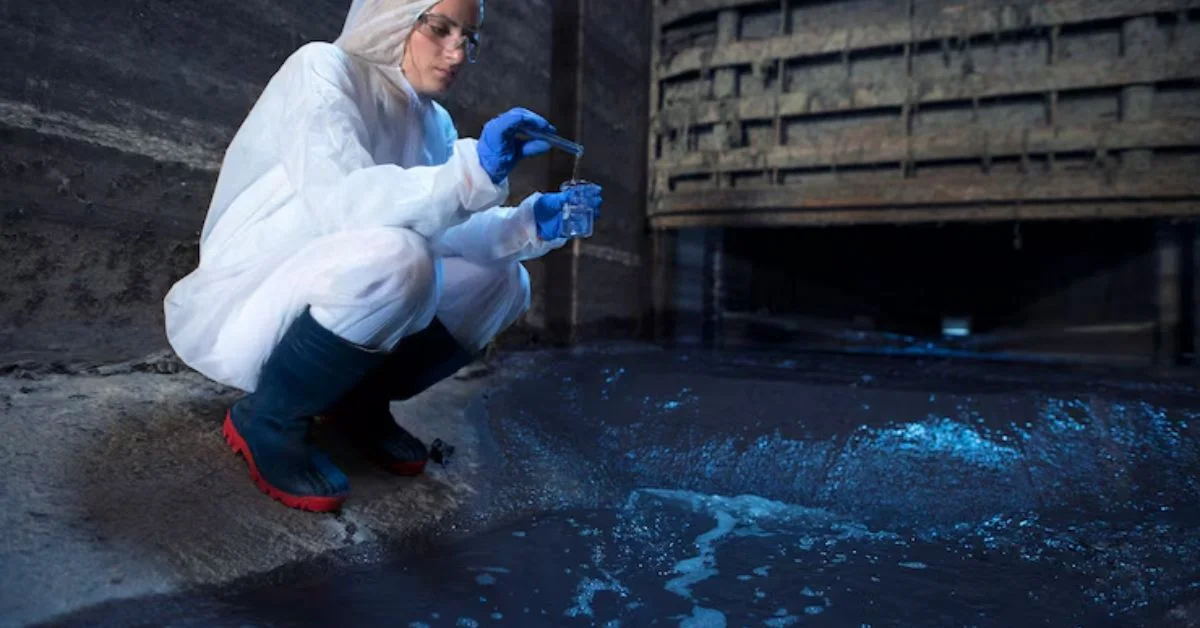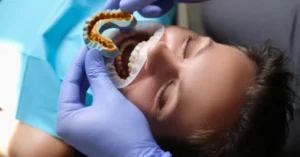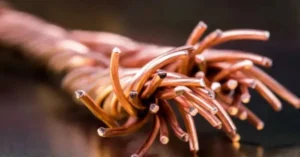In the intricate world of civil engineering and environmental protection, few challenges are as logistically complex and environmentally critical as underwater geomembrane repair. These synthetic barriers—commonly constructed from high-density polyethylene (HDPE), PVC, or other polymeric materials—play a vital role in isolating contaminated water, protecting groundwater, and enabling controlled aquatic environments such as reservoirs, tailings ponds, landfills, and aquaculture systems. However, when breaches or degradations occur beneath the waterline, the urgency and complexity of repairs multiply exponentially.
This article offers an in-depth exploration of the evolving landscape of underwater geomembrane repair. It addresses the science of geomembranes, diagnostic challenges, repair methodologies, material innovations, and future-forward technologies driving this specialized field.
Understanding Geomembranes and Their Underwater Application
Geomembranes are impermeable liners designed to act as fluid barriers. They are essential in many industries, particularly in sectors like mining, waste management, environmental engineering, and aquaculture. Installed across diverse substrates, these liners are expected to endure hydrostatic pressure, chemical exposure, temperature fluctuations, and physical stresses.
Underwater applications occur in situations such as:
- Containment ponds for industrial effluents
- Artificial lakes and decorative water bodies
- Irrigation canals
- Aquaculture facilities
- Flood control reservoirs
In all these contexts, a breach or compromise in the geomembrane can have severe consequences—ranging from environmental contamination and structural failure to regulatory fines and ecological damage.
Why Underwater Repair Is Uniquely Challenging
1. Limited Visibility and Access
Repairs beneath the water surface inherently suffer from restricted visibility, turbidity, and accessibility. Divers or robotic equipment must navigate these constraints to inspect and implement repairs.
2. Hydrostatic Pressure
Unlike dry installations, the pressure exerted by the water complicates the handling of repair materials. Any patch or welding solution must hold up against this continuous force.
3. Temperature and Chemical Variables
Water temperatures can affect the viscosity and curing time of adhesives or sealants, while contaminants may interfere with bonding integrity.
4. Material Compatibility
Different geomembrane materials have different surface energies and chemical compositions. Repair techniques must be precisely matched to the geomembrane type to ensure effective adhesion or fusion.
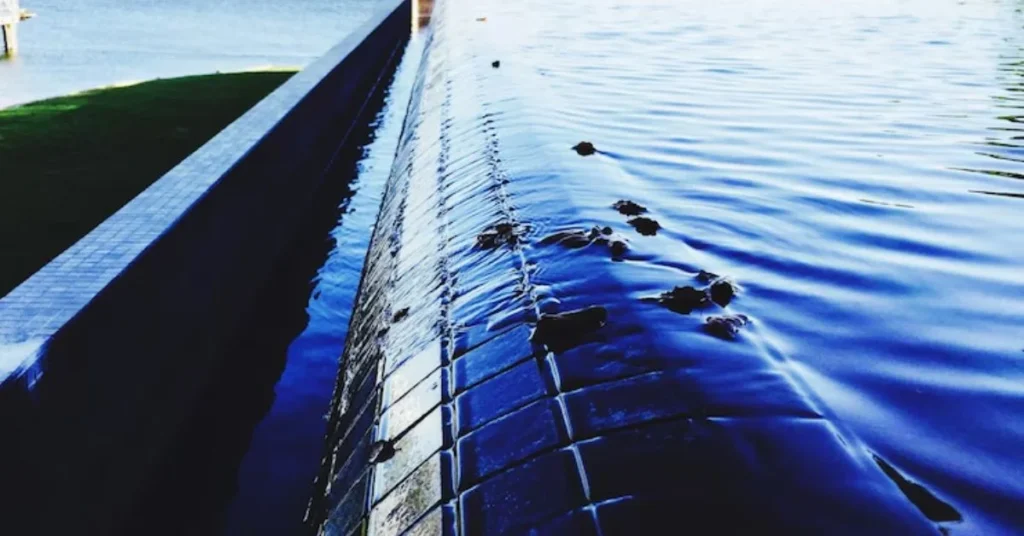
Diagnosing Underwater Damage
Accurate assessment precedes any successful repair. Today, the inspection process involves a combination of human divers, ROVs (Remotely Operated Vehicles), and advanced non-destructive testing (NDT) methods.
A. Diver-Assisted Visual Inspection
Trained commercial divers remain indispensable for close-range, hands-on inspections. Equipped with cameras, ultrasonic thickness gauges, and tactile tools, they provide real-time evaluation.
B. Robotic Scanning and Imaging
ROVs fitted with sonar imaging, infrared sensors, and high-resolution video cameras allow for precise mapping of underwater geomembrane integrity.
C. Leak Detection Technologies
Techniques such as electric leak location (ELL) and dielectric scanning can be adapted to work underwater. These methods use variations in electrical conductivity or capacitance to detect punctures.
Repair Methodologies: Tools and Techniques
1. Patch Repair with Adhesives
This method involves cutting a compatible patch that overlaps the damaged area by several inches. The patch is bonded using underwater-curing adhesives.
- Materials Used: Polyurethane-based adhesives, epoxy resins, and butyl rubber sealants.
- Advantages: Fast deployment; minimal equipment.
- Limitations: Not ideal for high-pressure zones or chemically aggressive waters.
2. Thermal Welding Techniques
Though traditionally performed in dry conditions, innovations now allow for certain thermal welding to be executed underwater using specialized equipment.
- Hot wedge welding: Adapted for brief submersion using insulation and heating controls.
- Extrusion welding: Employs a heated polymer bead to fuse patch to liner.
This method is highly durable but requires stringent control of temperature, time, and pressure.
3. Mechanical Fastening Systems
In scenarios where bonding is uncertain, mechanical anchoring is used. These systems typically involve clamps, rivets, or screw-and-plate mechanisms that secure patches.
- Use Case: Temporary or emergency containment.
- Caveat: Prone to corrosion and not suited for long-term applications unless built with marine-grade materials.
4. Inflatable Sealing Liners
An emerging solution involves deploying inflatable geomembrane inserts that press against the damaged surface from within. These are ideal for cylindrical containment units or conduits.
- Advantages: Quick installation without draining.
- Disadvantages: Requires custom fabrication and pressurization.
Specialized Materials in Underwater Repairs
The underwater environment imposes unique stresses on materials. To meet these challenges, several advanced materials have been developed or adapted:
- Hydrophilic Swellable Tapes: Expand upon water contact to seal micro-cracks.
- Composite Geosynthetics: These combine geomembrane layers with geotextiles to enhance mechanical resilience and bonding.
- Self-Healing Membranes: Embedded microcapsules release sealant upon mechanical disruption.
- Nano-engineered Sealants: Offer superior adhesion and flexibility at micro-levels, even on moist or contaminated surfaces.
Case Studies: Underwater Geomembrane Repair in Practice
1. Industrial Waste Lagoon, Southeast Asia
Following seismic activity, an HDPE liner in a waste containment pond was breached. Given the chemical toxicity of the lagoon, divers equipped with hazmat suits performed extrusion welding using a portable underwater generator. The repairs restored full integrity within 72 hours.
2. Municipal Water Reservoir, Western Europe
A leak was detected via sonar imaging and confirmed with diver inspection. Engineers deployed inflatable internal liners to isolate the leak zone, followed by robotic adhesive application. The entire system remained online during the repair.
3. Desalination Plant, Middle East
A large puncture was caused by corrosion in a submerged intake basin. The team employed robotic arm extrusion welders, reducing human risk and achieving millimeter-precision welding.
Environmental and Regulatory Considerations
Underwater repair work often occurs in ecologically sensitive zones. Thus, regulatory frameworks demand strict adherence to environmental best practices:
- EPA (Environmental Protection Agency) guidelines in the U.S.
- European Water Framework Directive
- Local environmental impact assessments (EIAs)
Materials used must be non-toxic, non-leaching, and safe for aquatic life. Moreover, waste generated during repairs—such as old patch materials or contaminated water—must be contained and disposed of responsibly.
Innovations on the Horizon: Geomembrane Repair
The future of underwater geomembrane repair lies at the intersection of automation, smart materials, and sustainability.
1. Autonomous Robotic Repair Units
Drones and ROVs capable of diagnosing and repairing without human intervention are under development. These devices will eventually conduct continuous maintenance with minimal downtime.
2. AI-Driven Leak Detection
Machine learning algorithms trained on past repair data will identify vulnerabilities before they manifest into failures.
3. Bio-Compatible Repair Systems
These systems use algae-based or microbial sealants that grow and seal small breaches naturally, potentially suitable for aquaculture applications.
4. Blockchain for Maintenance Logging
Immutable ledgers will track every repair and inspection event, ensuring traceability and accountability for critical infrastructure.
Training and Certification of Repair Technicians
As the complexity of underwater geomembrane repair grows, so too does the demand for skilled labor. Leading programs now certify professionals in:
- Underwater welding and adhesion
- Geomembrane material science
- ROV operation and diagnostics
- Environmental compliance procedures
Training is increasingly multi-disciplinary, combining diving, robotics, and chemical engineering. Certifications such as those from the International Association of Geosynthetic Installers (IAGI) are gaining currency.
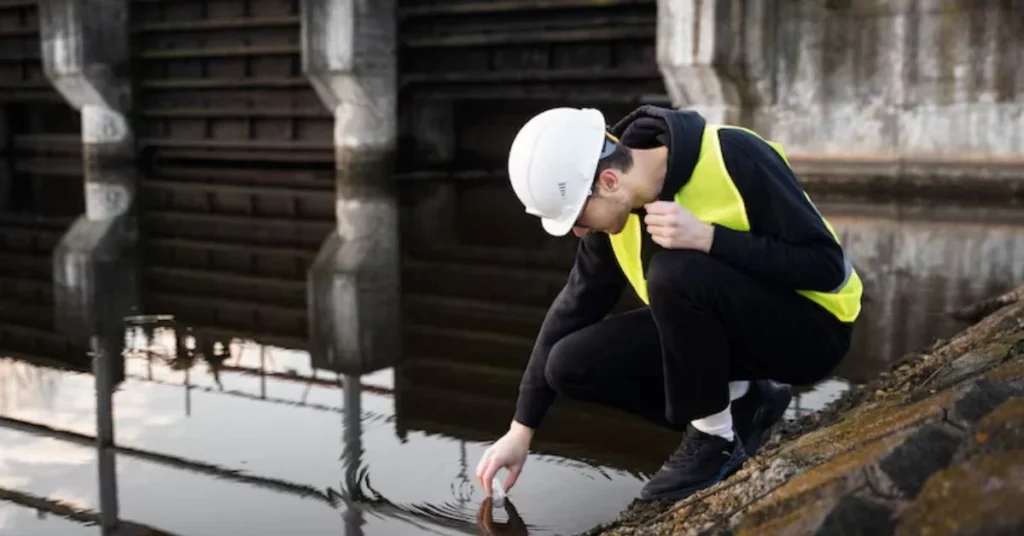
Economic Implications of Timely Repairs
Delaying underwater geomembrane repairs can dramatically escalate costs. Consider the ripple effects:
- Increased environmental remediation fines
- Legal liabilities for contamination
- Equipment downtime and production losses
Conversely, a robust repair protocol can serve as a value proposition:
- Lower lifecycle costs
- Enhanced stakeholder trust
- Compliance with ESG (Environmental, Social, and Governance) benchmarks
Conclusion: Geomembrane Repair
Underwater geomembrane repair, once a niche technical challenge, now represents a multidisciplinary frontier encompassing materials science, robotics, environmental stewardship, and infrastructure resilience. As water-based containment systems proliferate with climate change adaptation and urban expansion, maintaining their integrity becomes not just a technical necessity, but a public responsibility.
The future will reward those who invest in the ability to detect, analyze, and act—underwater, in real time, and with precision. In that submerged world of unseen infrastructure, the silent work of geomembrane repair is nothing short of foundational to a sustainable, water-secure future.
For more information, click here.

